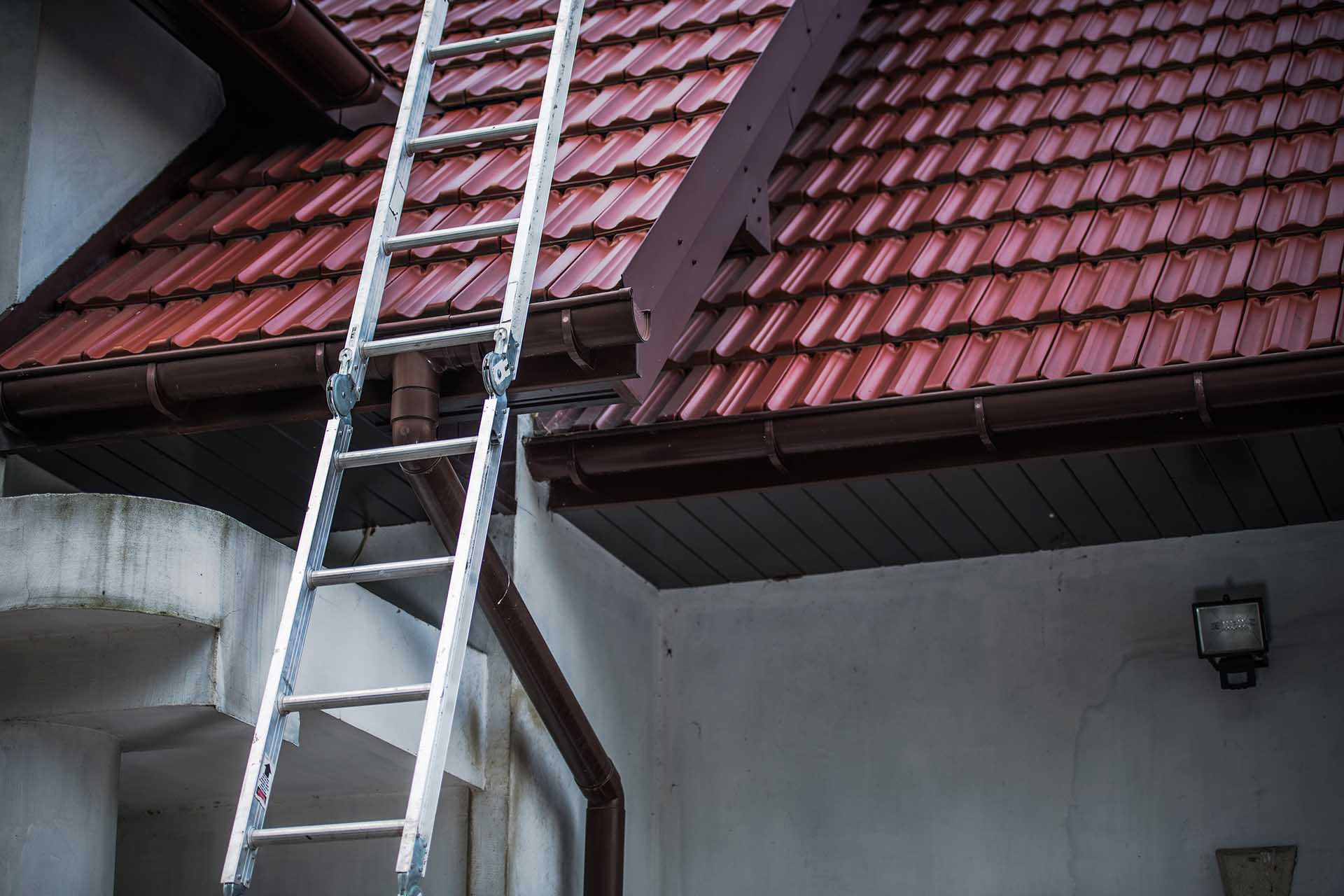Based on a few of our previous blogs relating to basement waterproofing, we have had a few questions come in asking about what weeping tiles are and what is the purpose of weeping tiles? So, we have put together a quick introduction on weeping tiles to help answer your questions.
Weeping tiles are underground pipes with strategically implemented weep holes that help expel underground water. Today’s version of weeping tiles is made from plastic pipe that has had tiny holes or slits cut in it and is usually encased in cloth or mesh. They were named at a time when terracotta tiles were used for drain pipes, hence the tile in the name.

Weeping tiles are primarily used around the exterior of your home to help redirect underground water away from your home’s foundation. They are also used for internal waterproofing purposes. The idea of the weeping tile is very simple, the pipe is laid down in a trench around the outside of your home or under your basement floor. Water enters the pipe through the slits or holes cut in it, and the water is redirected away from your home or to a sump pump (in the case of interior pipes) ultimately helping keep your basement dry. Other common uses for weeping tile include draining water away from your window wells, weeping tile is installed a foot or so below the bottom of your basement windows, and then covered with gravel to ensure water doesn’t pool and enter your home. Weeping tiles are also used around the yard, helping drain water that may build up in your yard or close to structures such as sheds and patios. The weeping tile is installed about a foot below the surface and will be sloped towards the street or municipal sewer systems to help eliminate water build up in your yard.
Prior to the current plastic version, clay weeping tile was used. Many older homes in the GTA still have clay weeping tile at their home. The problem with clay weeping tile is that they tend to break down over time allowing for debris such as soil and roots to enter the pipe and clogging it up, rendering it useless. In these cases, your only option is to replace your weeping tile, if you ignore a blocked or clogged weeping tile, the water that it would normally drain away from your home will continue to build up and will eventually penetrate your home’s foundation. The mesh or cloth around the newer pipes used today is in place to help prevent clogging of the pipes, as it will block roots and dirt from entering the pipe through the holes.
With your weeping tiles installed deep underground, it may be difficult to tell if they are working properly, or if they are blocked. A quick inspection of your property can alert you to a potential issue. Look for moist areas or pooling water around your foundation walls in your basement. If you have a finished basement, you may still be able to notice pooling water, but also pay attention to any musty smells, as this can be an indicator of mold growth due to moisture. Look for discolouration or sponge-like walls as this can be an indicator of moisture as well. You should also walk around the exterior of your home looking for any excessively damp areas.
Hopefully, this helped answer any of your questions regarding the weeping tile. If you notice any of the signs of potential weeping tile issues, reach out to a professional with experience in basement waterproofing for assistance.
